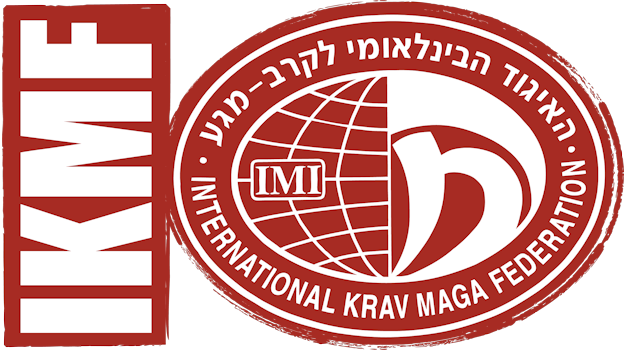By Avi Moyal
Men and women dancing as couples, both holding one hand of their partner, and "embracing" each other, can be seen in illustrations from 15th century Germany.
Krav Maga may not go as far back in history but there are still many similarities to be pointed out.
Known fact: Krav Maga is based upon natural reaction to an assailant's threat or attack. Training is necessary to obtain proficiency and enhance reflexes thus achieving shorter response time from acknowledged threat or attack until defense is chosen and implemented effectively.
Known fact: Couples dance is all about synchronized movement, structure and staying faithful to the rhythm of the music. Partner dances are dances whose basic choreography involves coordinated dancing of two partners.
In many partner dances, one, typically a man, is the leader; the other, typically a woman, is the follower. As a rule, they maintain connection with each other. In most dances the connection involves body contact. This connection imposes significant restrictions on relative body positions during the dance and hence it is often called a "dance frame". A dance frame is instrumental in leading and following.
Similarly to partner's dance leader and follower, an assailant's attack forcefully creates the defender's "fighting frame", meaning a limited variety of effective defenses and/ or releases to choose from to self defend.
If we borrow these dance terms and bring them to the Krav Maga arena it is evident how crucial it is to be aware of your assailant's "fight/dance frame". Such awareness provides you many tips as to which attack is coming your way, and if you are both intuitive and highly trained you will have the ability to avoid it all together by counter attacking at the right moment, just as the dance follower must be as intuitive, trained and faithful to the beat to refrain from breaking the dance frame.
Although in dance the handhold connection poses almost no restriction on body positions, it is quite helpful that the partners are aware of their dance frames. This is instrumental in leading and following just as it is in defending and/or releasing. The first will make you perform one hell of a "cha – cha", the latter will save your life.
Even though Krav Maga techniques can rarely be found on a dance floor there are several similarities to be noted:
A good dancing partner is one that is synchronized with its partner's steps In couples dancing partners are never equal. One must be the Lead and the other will be the Follower.
The Lead is responsible for choosing appropriate steps to suit the music (if it is an improvised dance), and leading the Follow by hand pressure and signals to complete the chosen steps smoothly and safely. If the dance is a set (pre-choreographed) routine, the Lead is still responsible for initiating each move, which ensures smooth coordination between the two dancers. In Krav Maga there are numerous elements of "choreography" and improvisation. The pre-choreographed levels are parallel to low practitioner levels, where trainees are taught the basic "steps" and how to optimize their reflexes and intuition. Higher graduate levels enable trainees, based on assimilated "choreographies" designed to encounter an unknown attack and respond to it as naturally as a professional Salsa dancer would react on their first Tango lesson. The body will intuitively know how to move, and the rest is only fine tuning. One imperative difference between couples dance and Krav Maga is obviously the relationship between the leader/ assailant and the follower/ defender.
In dance the lead has most, if not all the control over the follower and the follower willingly relinquishes a greater degree of creative or expressive autonomy to avoid from breaking the dance frame.
In Krav Maga the defender uses the assailant's hinted and actual moves (fight frame) to disable him and escape danger.
So it is now obvious how Krav Maga and the dance arena are not as far as one would think. One of the best examples would be Capoeira from Brazil that started as a self defense system and now includes playing instruments and singing along with the physical part.
In conclusion, maybe this means that anyone who excels at Krav Maga is actually one hell of a dancer (if he gave it a shot) and any prima ballerina can kick ass if she only chose to… so these two world aren't as far as we originally taught. By the way, did you know that Imi was a wonderful dancer?
Now, for the important differences: The trigger for our reaction in Dance is the music, while the obvious trigger in Krav Maga is a sense of danger, conveyed through sight or touch. Couples Dance will end with a lovely synchronized bow, while proper Self defense leaves you all alone, but walking home safely.
